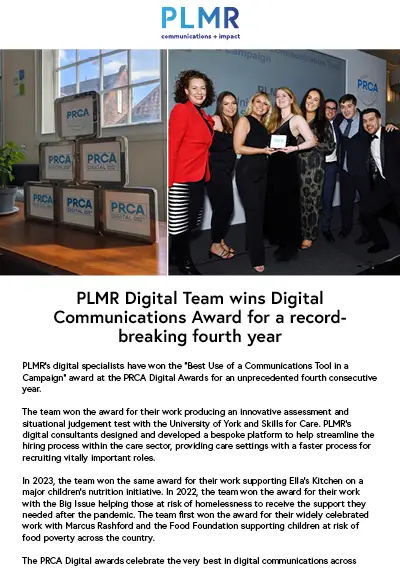It looks like Bluesky has won the battle to be the next Twitter. With almost 18 million users (at time of writing), the platform looks to be adding around a million users a day and rising. Its growth is being excitedly tracked by the media (with an open tracker available here) and now major organisations are making the switch. The Guardian ditched their X account at the end of last week, only to join Bluesky within minutes of the announcement. With Elon in the White House and a flurry of new bots to contend with, many have decided that enough is finally enough with X.
So how do I get started on this new platform and what are the rules of engagement?
1) Getting your handle
Twitter/X is easy. Users are offered a simple @username upon sign up which redirects from the twitter.com/x.com domain name for use on leaflets and banners (e.g. www.x.com/username). Bluesky is a little trickier but for good reason. Bluesky is using the “AT Protocol”, a new system they have developed to make your username a bit more like an email address. There are complicated reasons why this is a better idea in the long run (and perhaps one for a very nerdy blog from yours truly in the near future…), but for new users this might look a bit baffling. In short you can still sign up in exactly the same way as X, but your account will be “username.bsky.social” – that’s about it. You can, however, change this to something a bit catchier in step two…!
2) Getting verified
Bluesky doesn’t have a verification process as yet so no blueticks – bought or otherwise – will be found next to your handle for now. Bluesky has prepared its own version of this using a domain connection – this is actually a much smarter way of doing verification that doesn’t rely on either (a) someone at Bluesky manually verifying users which was always open to abuse or (b) users paying money to the service to prove they are who they say they are. Essentially, if you have a website and therefore a domain name (e.g. www.company.com) you can use that domain as your handle (e.g. @company.com). This has been used effectively already by @NYTimes.com, @TheGuardian.com and… @PLMR.co.uk – it’s a clever fix that both highlights your web address and makes it clear to casual users that these are authoritative posts from a trusted source. You can even set up other users as subdomains from your domain – so if you have a company account with many employees, each can be “verified” as linked usernames such @joebloggs.company.com. This can be a fiddly if you’re unfamiliar with DNS, but if you need a hand drop us a line at info@plmr.co.uk and we can quickly set this up for you.
3) Building an audience and finding followers
The best way to get started with Bluesky is with their cleverly designed “Starter Pack” system. This allows any user to put together a curated list of accounts that their audience should follow. This is a great feature that is being used effectively to help people find one another on this new platform and they’re very easy to put together even as a new user. Bluesky also lets people search through curated “feeds” of users based on their interests, which can be a fantastic way to find conversations that your organisation may wish to be involved with. These replace the “trending” areas of Twitter/X and frankly are a great improvement – allowing people to get involved in conversations that are particular to their areas of focus.
Beyond this the best way to get started is to get stuck in and start following and posting. Many have forgotten how fun it was at the start of Twitter to begin exploring a new platform and learning the ropes – Bluesky has a lot of the fun element of early Twitter that seems to have been lost since its slow decent into Elon’s “everything app”. Hopefully this joyful spirit will keep the platform growing as it has done this week, and fingers crossed the team at Bluesky learn the lessons of content moderation and light-touch monetisation that may have just killed off its predecessor…
🦋 Follow PLMR on Bluesky at www.plmr.co.uk/bluesky





